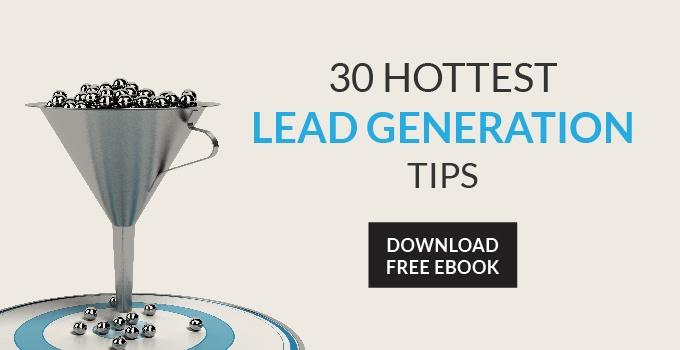 If your business is using landing pages to drive sales, that’s excellent; landing pages are a key part of an effective inbound marketing strategy. But even the best landing pages don’t have great conversion rates – average is around 2.35 percent. That’s just the nature of the business.
If your business is using landing pages to drive sales, that’s excellent; landing pages are a key part of an effective inbound marketing strategy. But even the best landing pages don’t have great conversion rates – average is around 2.35 percent. That’s just the nature of the business.
But if your landing pages are wallowing at a number even lower than that, you could be making some costly mistakes. Here are four of the most obvious missteps businesses make with landing pages:
You’re not offering valuable content
If you have a landing page set up, there should definitely be a content offer associated with it; but what kind of content are you offering? It’s not enough to just give something to your audience; you have to give them something they want.
The content isn’t about selling your company, it’s about providing valuable information. Because you’re not selling your product/service with the content, you’re highlighting your expertise. You’re building up your credibility so that the visitor sees you as a worthy candidate for their business. Therefore, make sure the content is informative and useful to the visitor.
Your landing page isn’t well designed
Even though there are many bells and whistles that come with modern webpage design, your landing page doesn’t necessarily need to have them. Your landing page has one job to accomplish: get the visitor’s information. Therefore, the most important thing to do is make your landing page clear. Ensure it’s obvious where the visitor should go on the page to submit their info, and make that the central focus. You want the visitor’s path to be as simple and easy as possible – if they get frustrated or confused by the page’s design, they’re less likely to take you up on your offer.
You’re not using an effective call to action
Calls to action are absolutely critical in marketing, and the reason is in the name: they inspire your visitors to take action. Your call to action has to be motivating, and worded with a sense of purpose or urgency.
For example, let’s say you provide anti-virus computer software. Which of the following calls to action seems better to you:
a) Contact us today for more information
b) Click here to make sure your computer is protected
The answer is b, easily. Although both calls to action use verbs (contact and click), b provides a greater sense of urgency. You’re selling the importance of your product in that sentence: this product keeps your computer safe.
You’re not following-up
Once a person has submitted information through a landing page, they’ve given you permission to market to them – so start marketing.
A follow-up email should immediately be sent once the landing page information is submitted, to keep the potential customer engaged. This is where investing in marketing automation software can be a boon for your business. With software such as Hubspot, these follow-up emails can be sent out automatically.
And if that follow-up email doesn’t work, keep coming back. Continue to email the customer on a semi-regular basis (you don’t want to overdo it and irritate them). Establish a standard chain of follow-up emails to send to every potential customer, so you have a plan for how to continue to pursue them.


Comments